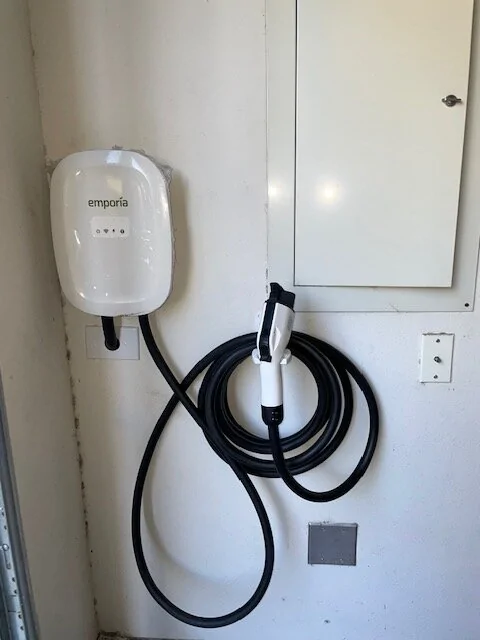RevCaptJack
Active Member
I really appreciate this info, never having had an EV (other than my little ZOOM scooter. How do you know this about not getting to zero or charging to 100%? And is it better to let it get down to 30% or so before recharging or just top off every night to 80%? I’m hoping Slate will give good “EVs for Dummies” instructions. 😊My commute is only ~30 miles/day, so I plan to L1 charge btwn 9PM-5AM twice/week.
I have learned that 120V Level 1 charging is best for battery health if you have the time and don't need to drive many miles daily. Slow L1 trickle charging stresses the battery less and may lead to longer battery pack lifespan, potentially up to 20 yrs.
I have also learned that if you do use Level 2 charging, the use of the 240V clothes dryer plug is okay for occasional charging, not long term, because clothes dryer plugs were not designed for such intense, constant flow and are prone to eventual failure after months of EV charging, potentially melting and posing a fire risk. If you do intend to use a dryer plug long term, upgrade it to a newer generation unit that is UL rated specifically for EV charging. They're not expensive, around $50. IF YOU DO UPGRADE YOUR HOME'S ELECTRICAL SYSTEM FOR EV CHARGING, INSIST YOUR ELECTRICIAN USE AN "EV CHARGING" PLUG AND NOT A COMMON $10 "DRYER" PLUG! Google images of melted dryer plugs used for EV charging and prepare yourself:
https://www.google.com/search?q=clothes+dryer+plug+melted+ev+charging&sca_esv=f1ea2f922214231a&rlz=1C1CHBF_enUS1151US1151&udm=2&biw=1536&bih=695&sxsrf=AE3TifOa92Kad_B9ood9vabP7C50r_ZCLQ:1749612353250&ei=QfdIaMSCD9OV0PEPr6WauQY&ved=0ahUKEwiEp732teiNAxXTCjQIHa-SJmcQ4dUDCBE&uact=5&oq=clothes+dryer+plug+melted+ev+charging&gs_lp=EgNpbWciJWNsb3RoZXMgZHJ5ZXIgcGx1ZyBtZWx0ZWQgZXYgY2hhcmdpbmdImntQ6g5Y3nlwAngAkAEAmAFMoAHDDaoBAjI1uAEDyAEA-AEBmAIAoAIAmAMAiAYBkgcAoAflCLIHALgHAMIHAMgHAA&sclient=img
Program your charger to activate only after your utility provider's kw rates go down, like after 9PM, to save money. I plan to use a kilowatt monitoring device to track my usage so I have real world numbers to compare to my gasoline usage costs (currently over $300/mo in the summer)
And don't charge over 80% and don't drain to nearly 0% either. Use the battery's capacity btwn 20 & 80% (or 10 & 90%) to make your very expensive battery last for many many years. Those that charge their battery to 100% all the time because they enjoy that full tank feeling have a dying battery in just a few years, so don't do it.


